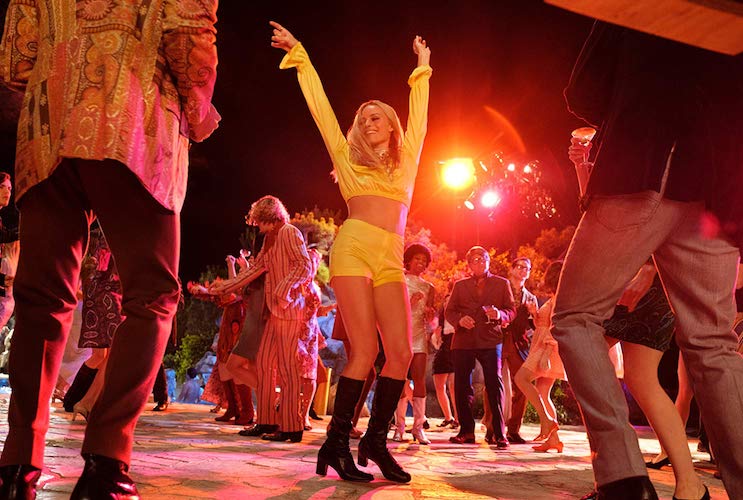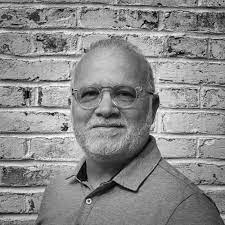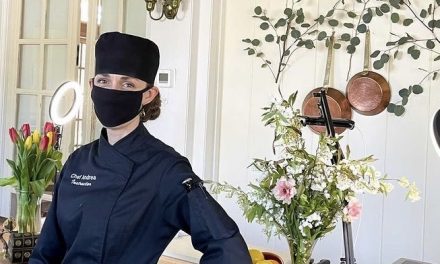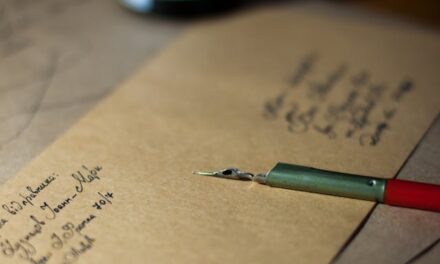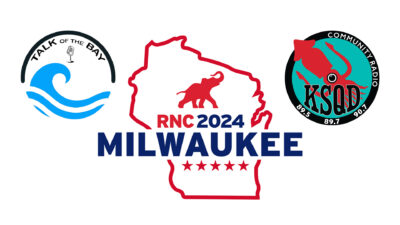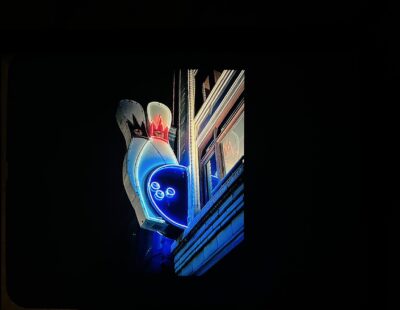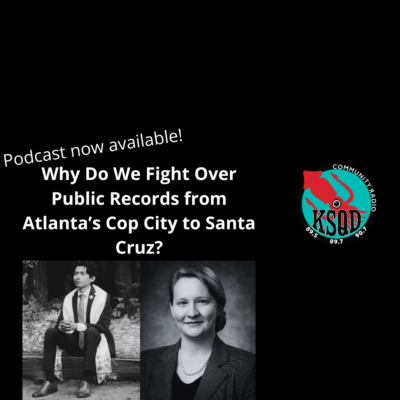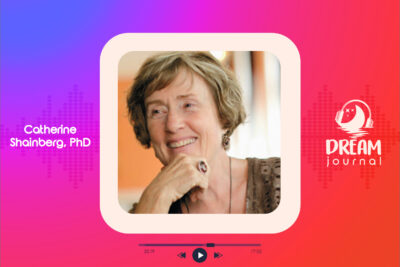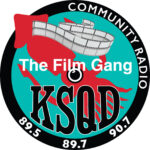
Quentin Tarantino is arguably the most influential filmmaker in the world. His nonlinear storytelling, trademark outbursts of stylized violence, dark humor and rich dialog are so distinctive, “Tarantinoesque” has been added to the Oxford English Dictionary. Capitalizing on his celebrity status, his latest film, Once Upon a Time in Hollywood, is being marketed as “The 9th Film From Quentin Tarantino.”
Once Upon a Time in Hollywood takes place in 1969, a pivotal point in film history when the old studio system was crumbling and new generations of filmmakers were challenging the status quo. Central to the story are semi-washed up actor Rick Dalton, played by Leonardo DiCaprio, and his stunt double and bosom buddy Cliff Booth, played by Brad Pitt. Rick is trying to resuscitate his flagging career while struggling against the tide of change. Cliff, who at this point is more gofer than stuntman, does odd jobs and hangs out with his pit bull whenever he’s not chauffeuring Rick.
Brad Pitt, with his take-it-as-it-comes swagger, is the embodiment of cool. One of the film’s standout scenes is when Cliff establishes his badass cred by going mano-a-mano against the legendary Bruce Lee. But it’s DiCaprio’s performance that’s the most memorable in a film packed with memorable performances. When Rick isn’t acting, he’s a pathetic but lovable twitchy-eyed neurotic, and his tears of self-pity are as funny as any punch line. And boy, does he hate hippies, not to mention the seismic cultural shift they represent.
Cliff doesn’t hate hippies though, especially when they’re young, attractive and making cute and flirty pouty faces like Pussycat, a hitchhiking, dumpster-diving Lolita portrayed with feline felicity by Margaret Qualley. Pussycat got her nickname from her adopted family. Unfortunately, it’s the Manson Family. Earlier, Rick pointed out that his new next-door neighbors are none other than director Roman Polanski and his wife, Sharon Tate. So, when Pussycat thumbs a ride from Cliff, all the chess pieces are in place and awaiting fate’s next move.
By Tarantino’s own admission, this is his most personal film to date. He incorporated a small army of talented set designers to recreate the Hollywood of his childhood memories, and his frequent collaborator, three-time Oscar winning cinematographer Robert Richardson, captures the verisimilitude; when his camera follows characters as they drive from place to place, we can almost feel the warm L.A. breeze blowing through our hair. But it also seems as if Tarantino is contemplating parallels between then and now and his own place in the changing industry. With his anti-digital insistence on shooting with actual film, he’s a traditionalist on the verge of obsolescence much like the character of Rick.
Once Upon a Time in Hollywood is R-rated entertainment at its most artful – a rare treat for adults in our increasingly Disneyfied world. As usual, Tarantino plays our emotions like a fiddle, eliciting belly laughs one moment, shudders the next, and sometimes both at once. There’s violence, of course, but it’s surprisingly sparse. When it comes it feels well earned. It’s a must-see for anyone with the slightest bit of interest in Tarantino, film history or the superstar chemistry of DiCaprio and Pitt. For film nerds like myself, watching Once Upon a Time in Hollywood is like being treated to a tour through the cinematic theme park that is Tarantino’s mind.
For KSQD’s Film Gang, This is Paul Kanieski.

